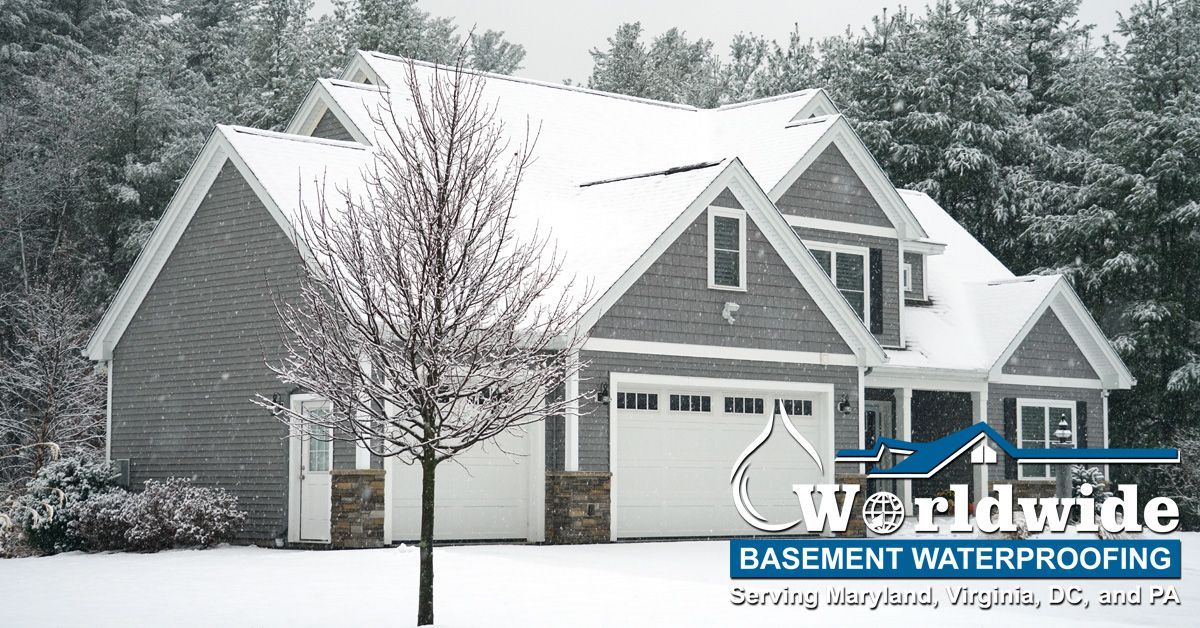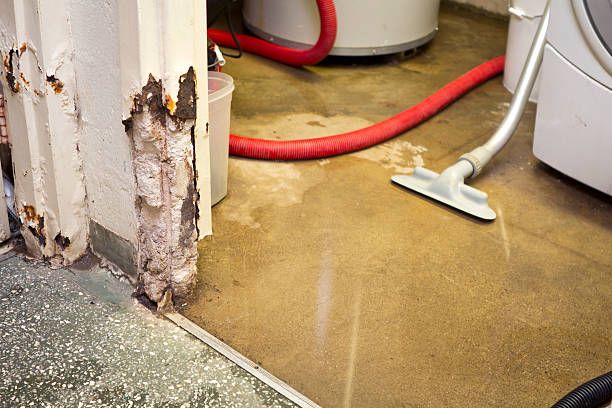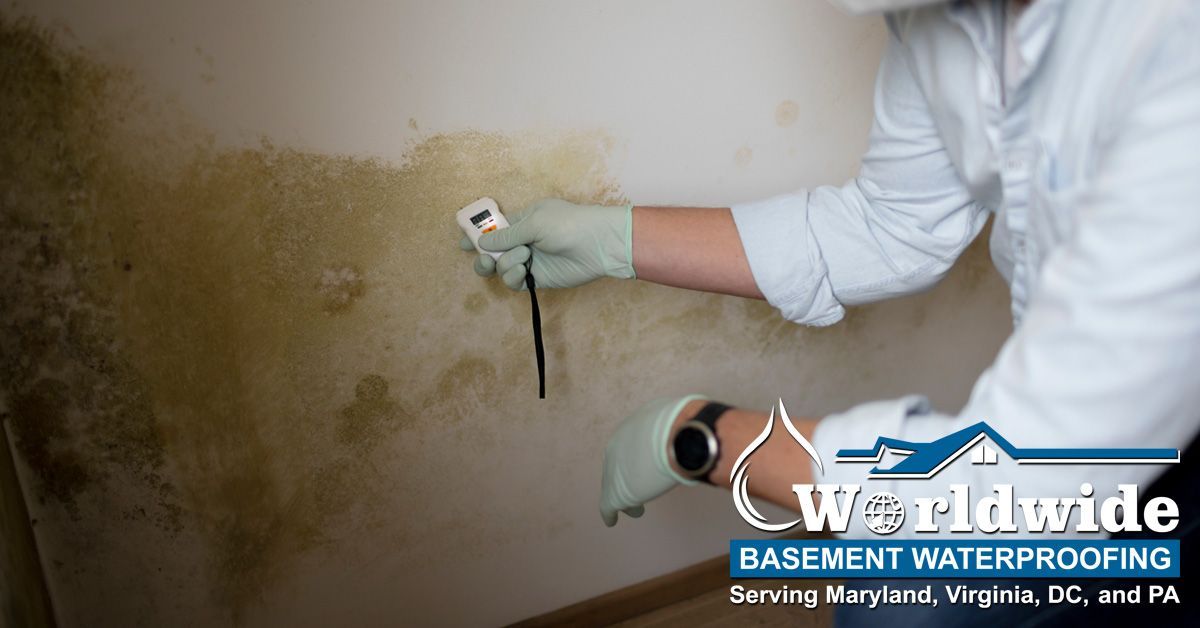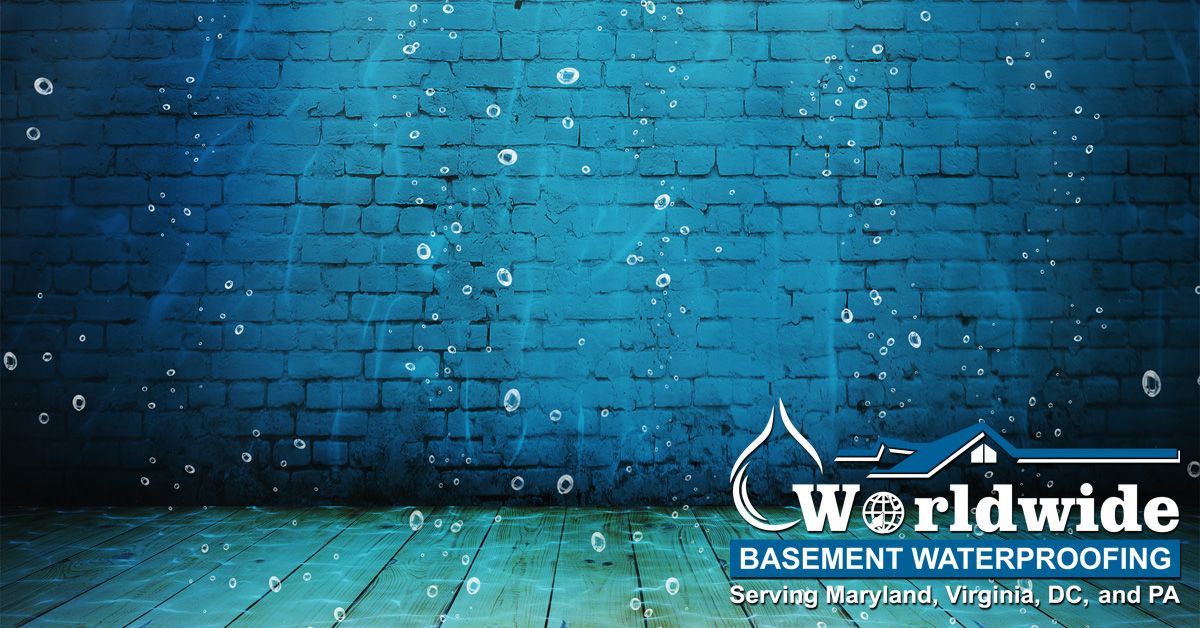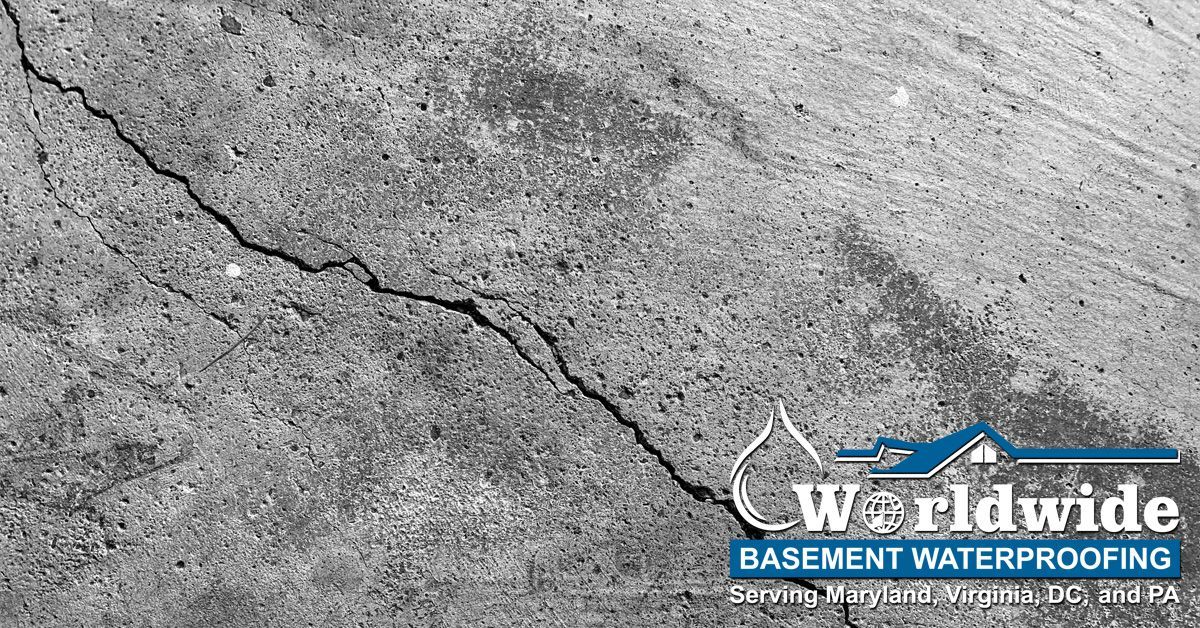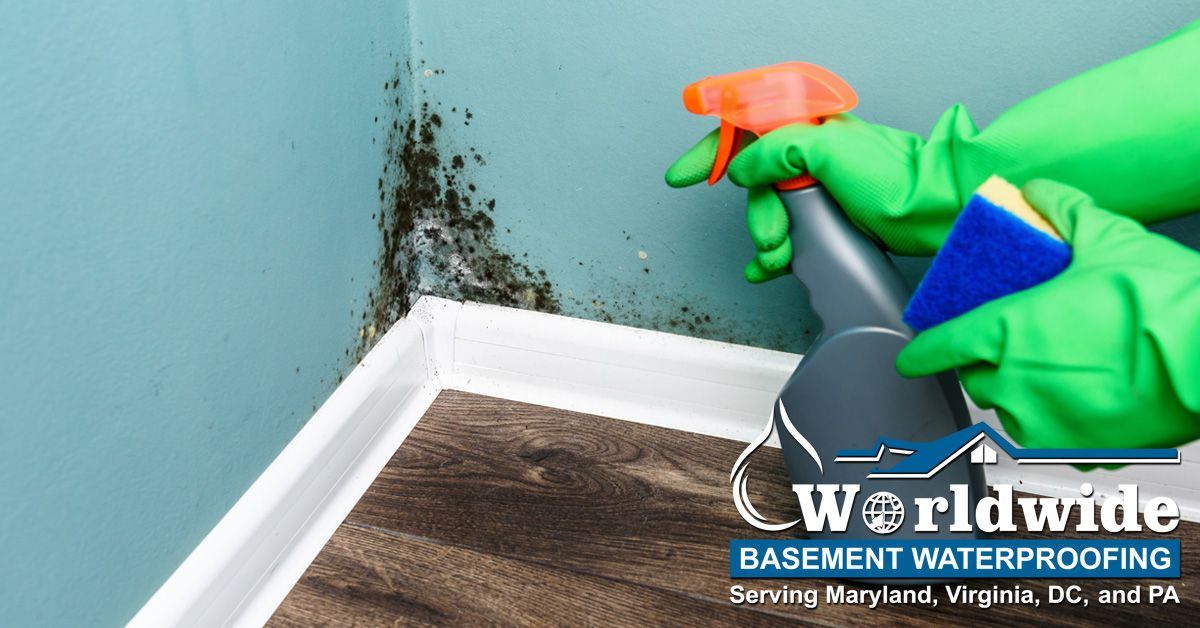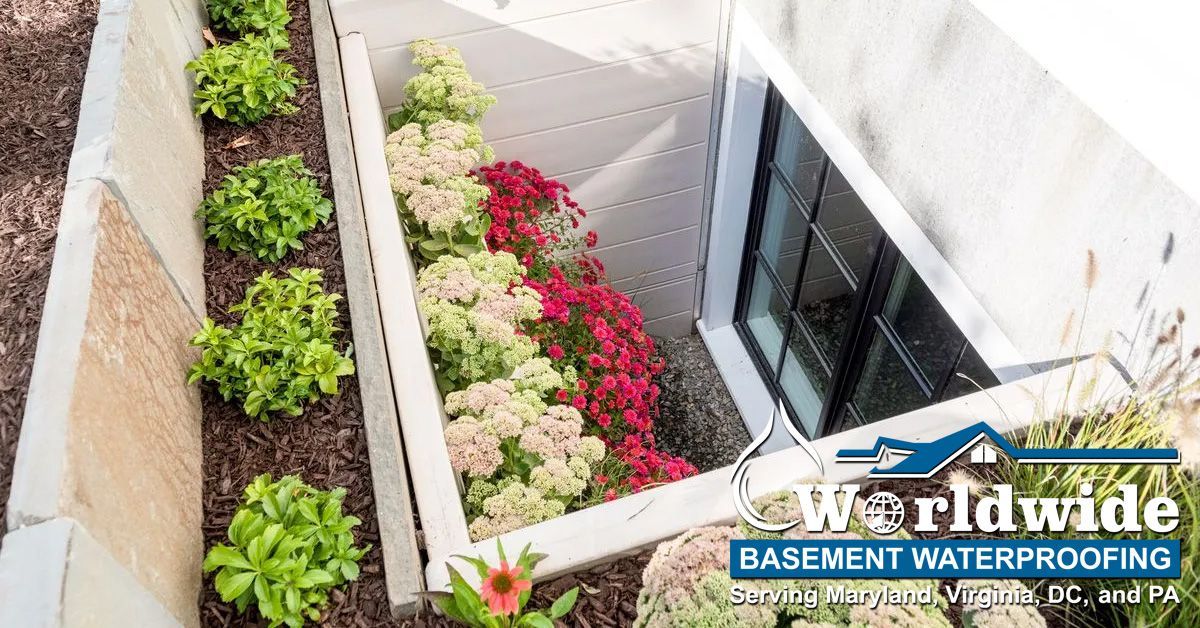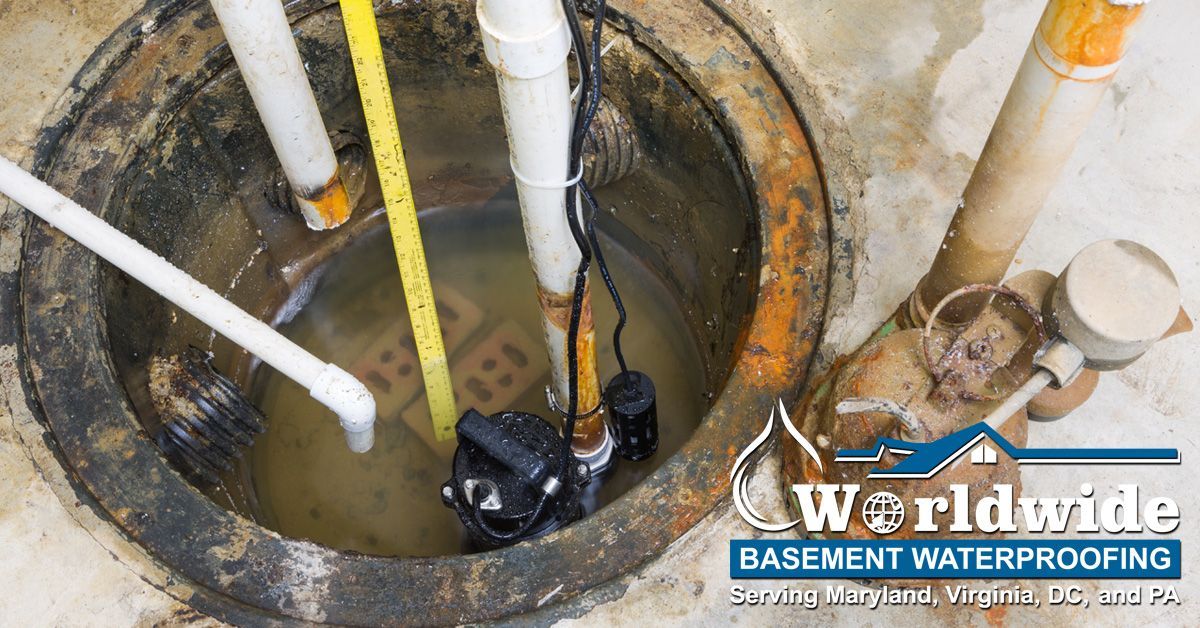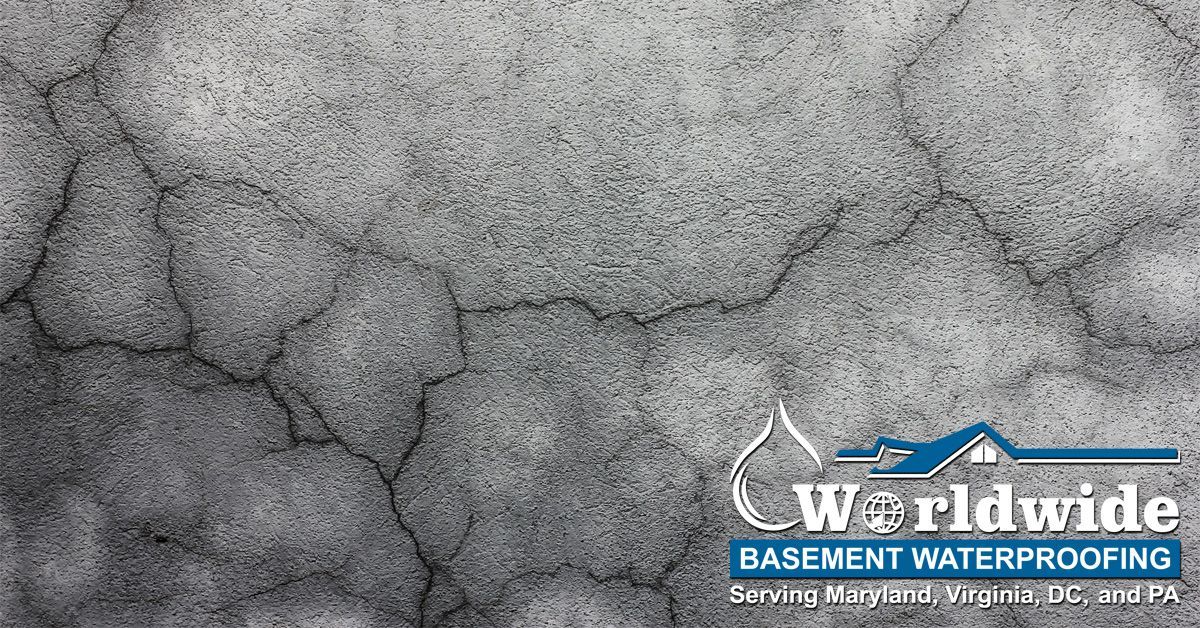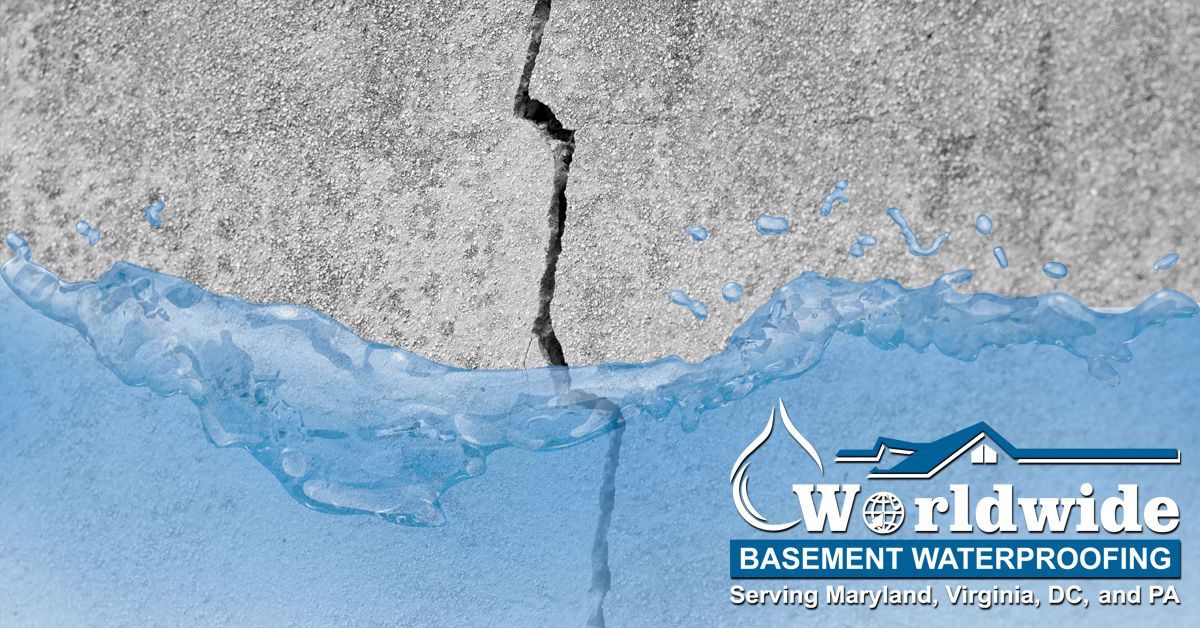What is Hydrostatic Pressure and Why does it Matter?
Home’s are where we build our lives, house our loved ones, and make memories that last a lifetime. As a homeowner, we know you want to do everything you can to protect the home you cherish. In order to properly protect your property, you should be aware of hydrostatic pressure because it can damage a home’s foundation if not addressed. Keep reading for information on what hydrostatic pressure is, and what you can do to prevent any damage to your home’s foundation.
What is Hydrostatic Pressure?
Hydrostatic pressure is pressure that can be caused by saturated soil found under your home’s foundation. Water weighs a little over 60 lbs / cubic inch. If your home’s foundation has saturated soil under it, you could be dealing with tens of thousands of pounds pressing against your home’s foundation, causing water to make its way even through the thinnest gap or crack in your basement concrete.
How does Hydrostatic Pressure Work?
It starts with the water saturating the ground around and under your property. Don’t fret, there should be water in the ground. In fact, it would be an issue for your foundation if there weren’t any.
With that said, if you live in a high water table area or around creeks, ponds, or lakes your soil saturation may be very high. This can even be the case if you received heavy rainfall recently. A high soil saturation can cause the pressure to build and push against your home’s foundation. Once this starts happening your home starts “fighting” with this pressure for the control of the space that it occupies.
How Damaging is Hydrostatic Pressure?
If your foundation is secure then the pressure being applied by the water may not be of much concern for now. Conversely, if your foundation is weakening, it can be the beginning of a problem. Remember, concrete is porous, which means water can make its way through over time.
If your home is well-built, it may hold off the water for a while, but concrete doesn’t dry evenly, and microscopic air bubbles can form as it dries, potentially creating a path for water to travel through. If you notice this happening in your home, although the seeping may be happening at a very slow pace, it won’t stop until you have a serious water problem.
After a while of this pressure, the water can cause walls to crack and bow inward. You may also notice some leaking. Look out for horizontal or stair-stepping cracks. If you see anything of the sort, we recommend you take immediate action to remedy the situation before things get worse.
This bowing may eventually end up collapsing your wall and those repairs are pricey. Not to mention that if your wall comes down, your home may not be habitable anymore, perhaps forcing you into a hotel situation thus adding to your expenses.
What are the Signs to Look Out For?
Aside from what was already mentioned, if your home is experiencing hydrostatic pressure issues you may notice a damp or musty smell in your basement, especially in crawlspaces. You may also notice humidity, mold growth, and efflorescence on your basement’s walls or the floor.
Are you in Need of Assistance?
If you’ve noticed signs of hydrostatic pressure in your basement you should find a professional local foundation repair company to come out and assess the situation. Your friends at Worldwide Waterproofing and Foundation Repair are here to help you with all your home’s foundation needs!
Don’t hesitate to make an appointment today. The last thing you want is to wait for the conditions to get worse and become dangerous or expensive to repair.
Do You Need a Free Evaluation?
Worldwide is by Your Side!
Call (410) 553-5801 Today!
(or fill out the form below)
Contact Us
Waterproofing and Foundation Repair Blog
